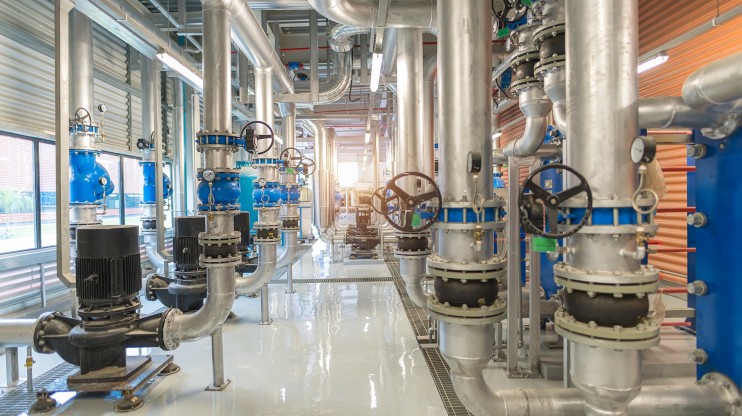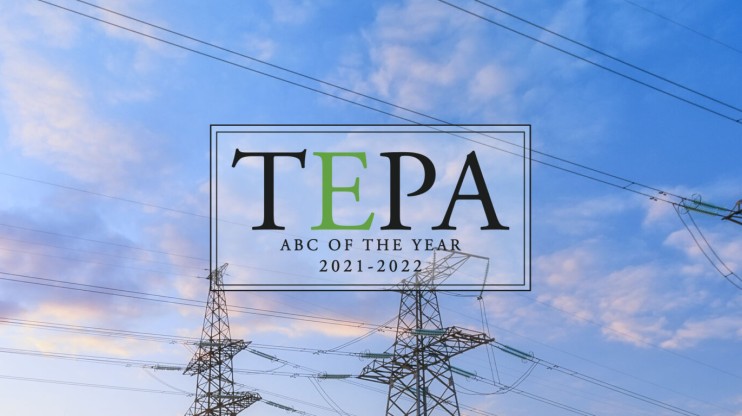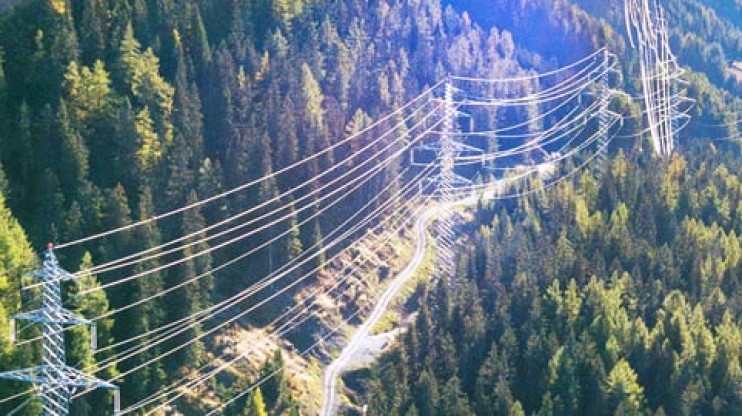
So, You Want to Improve Your Mechanical Room?
We know what it’s like: your mechanical room has a laundry list of updates, upgrades, replacements, nice-to-haves, and a projects. The next budget cycle is ahead of you, and it’s time to face the inevitable: how to improve your mechanical roo





